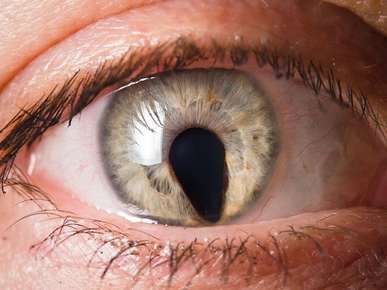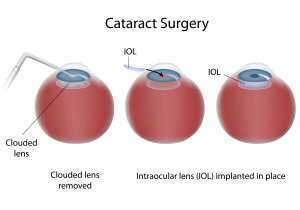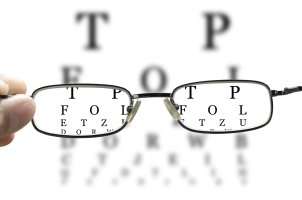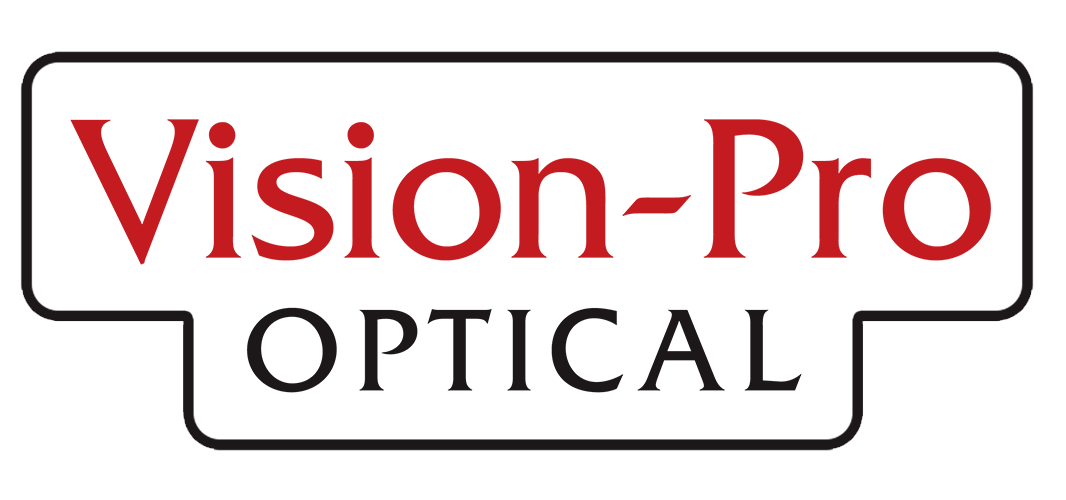


Intraocular Lenses
If your vision is blurred due to cataracts and you are pursuing surgical intervention to correct the problem, you are likely considering which intraocular lens (IOL) to choose, to restore your vision after cataract surgery. There are a variety of IOL options to choose...
Myopia
Myopia, or nearsightedness, means that your eyes can see close objects clearly but struggle to see things in the distance. Nearly 30 percent of Americans are nearsighted. This condition usually develops in children and teenagers, up to about the age of 20. A teacher...
Strabismus Causes and Treatment
In order for your eyes to focus normally, six muscles around each eye must work together. When your two eyes see different images, your brain tends to favor the stronger eye. This means the weak eye gets weaker, resulting in amblyopia, or “lazy eye.” Risk factors for...
Types of Refractive Surgery
There are several types of refractive surgery available to correct vision problems caused by refractive errors, including: LASIK (laser-assisted in situ keratomileusis) Custom or bladeless LASIK Photorefractive keratectomy (PRK) Laser epithelial keratomileusis (LASEK)...


